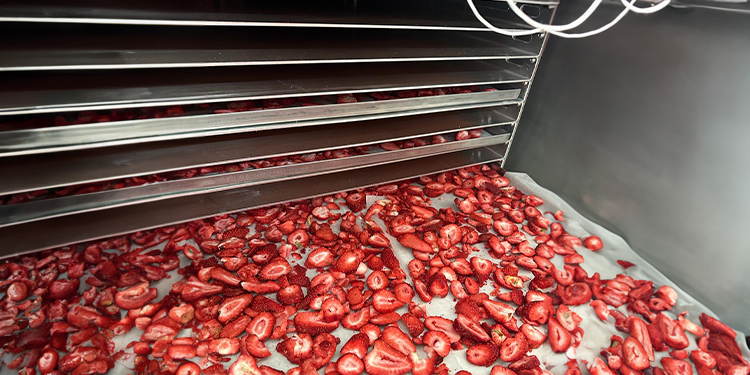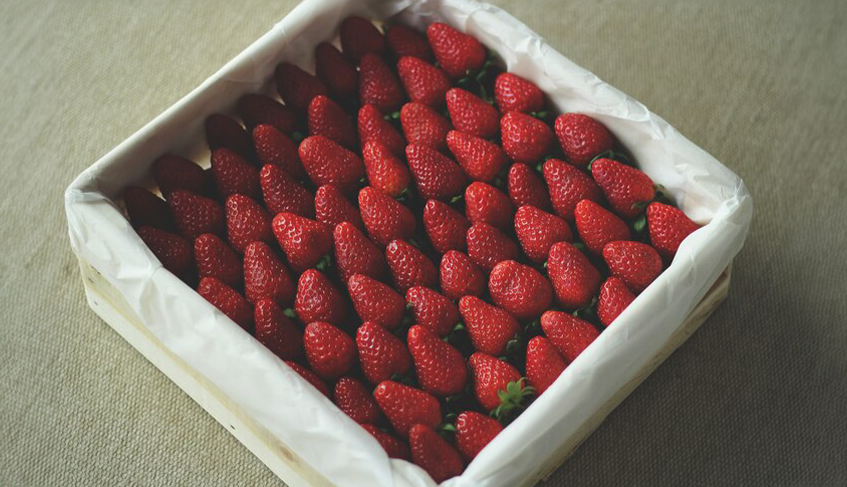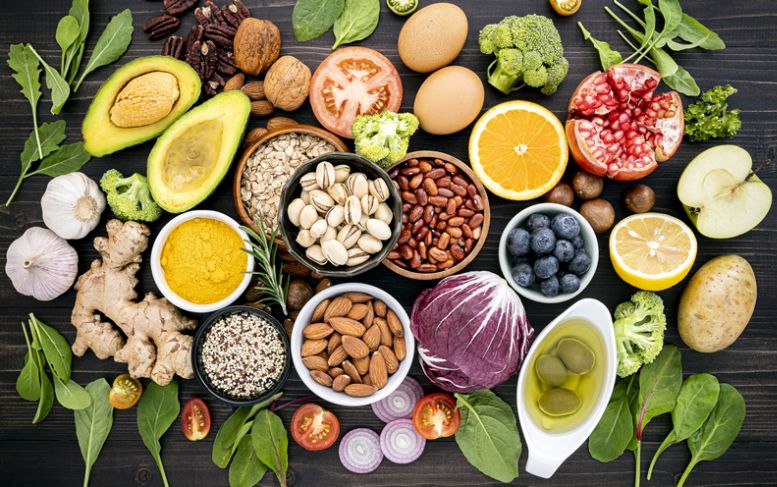Lyophilization, also known as freeze drying or freeze drying, is the process of freezing a substance followed by drying under vacuum. This method is especially used for long-term storage or transportation of food, medicine, biological and chemical materials.
The lyophilization process usually takes place in three stages:
1- Freezing: First, the material is frozen at low temperatures. This allows the water to become solid and traps the water molecules in the material, preventing it from evaporating during the process.
2- After freezing, the material is placed under a vacuum. This results in a lower evaporation point of water under low pressure.
3- Drying: The material under vacuum is heated and brought below the evaporation point. The water evaporates from the solid state to the gas state and is removed from the material. This process greatly reduces the water content of the material and makes the material more stable for long-term storage or transportation.

Advantages of Lyophilization
- Long shelf life: Products dried with this method can last longer because of their low water content.
- Light weight and easy portability: When water is removed, the material becomes lighter and smaller in volume, which makes it easy to transport.
- Preservation of nutritional value in products: Freezing and drying under low temperature better preserve the nutritional value of products.
Lyophilization is widely used in the food industry to dry products such as coffee, fruit, and vegetables, while in the pharmaceutical industry it is used to stabilize substances such as sensitive drugs, vaccines and enzymes. It is also an important method in microbiological studies, storage of biological samples and research.
Freeze Dry - Freeze Drying - Lyophilization We are as close as a phone call to get information about investment processes and details.








